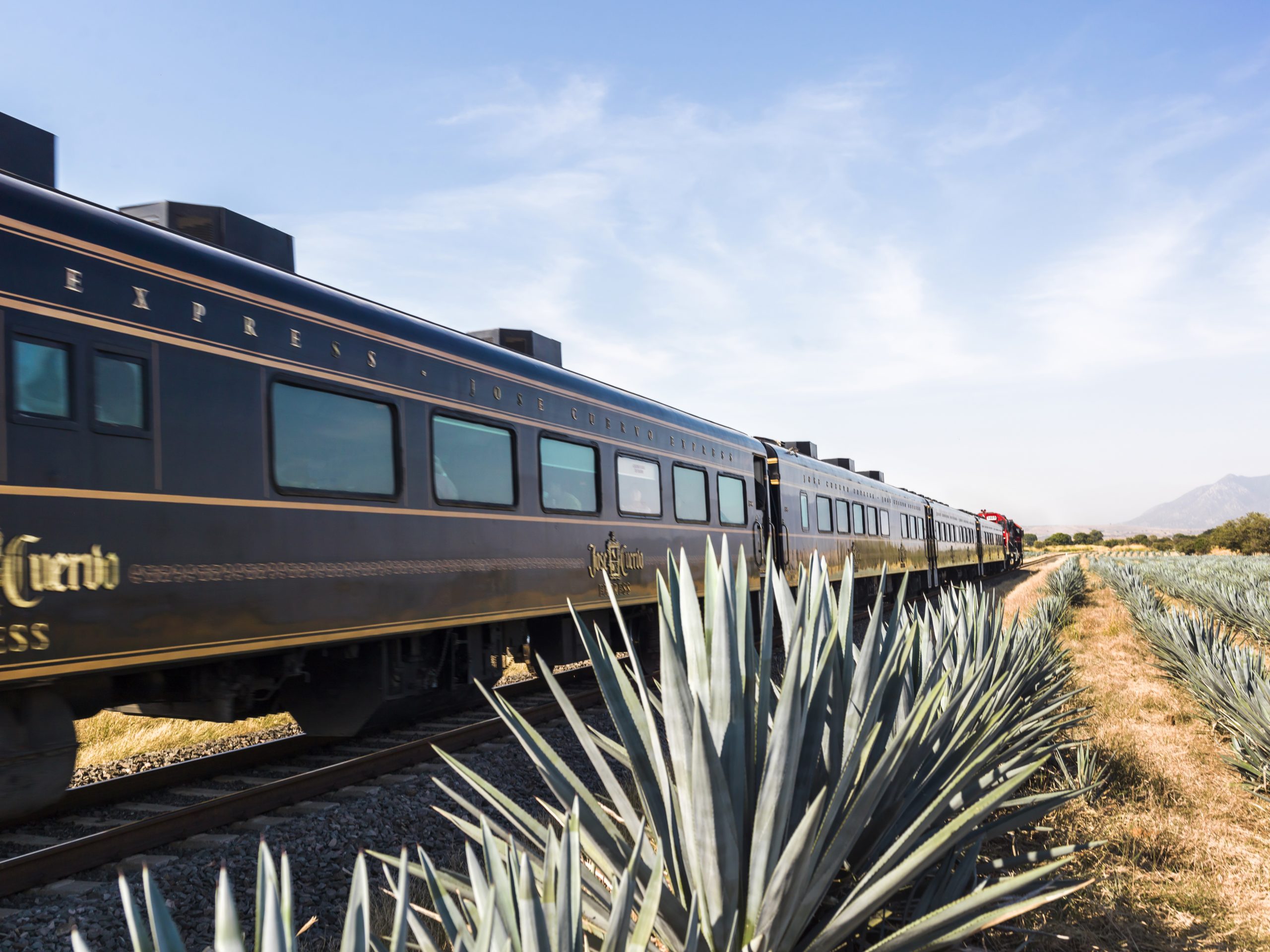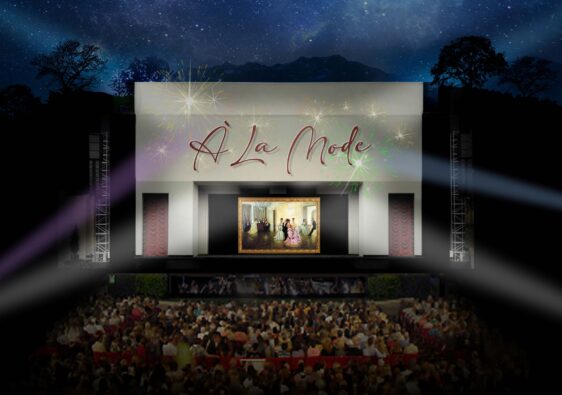La Jolla’s nickname, the Jeweled City, says it all. It sparkles like a multifaceted gem, from its seven miles of curving beachfront with glittering surf to its hillside estates and bistro- and boutique-filled Village. People come to explore nature at wondrous Torrey Pines State Reserve and play golf on fabled Torrey Pines Golf Course nearby. Visitors marvel at undersea wonders at the Birch Aquarium, and they spend long, golden days kayaking and surfing. However, there is an off-the-beaten-path side of La Jolla worth adding to your stay. It might seem difficult to hide treasures in this intimate locale, but they exist—often in plain sight.
View artistic wonders
We have all heard of the Salk Institute in La Jolla, sequestered on North Torrey Pines Road. Famous for its explorations of neuroscience, genetics and more, the world-famous Institute is dedicated to finding cures for a long list of major diseases, from cancer to diabetes. However, you may not know that the Salk Institute structure itself is one of the world’s most impressive architectural masterpieces. Completed in 1965 and now designated a historical site, the Institute fulfills founder Dr. Jonas Salk’s vision of a facility with open, unobstructed laboratory interiors set in a dramatic location designed to inspire creativity among its researchers. Indeed, the Institute rests on some of La Jolla’s most impressive coastal bluffs, soaring more than 300 feet above the Pacific on a 27-acre site that was donated by the City of San Diego.
Guided by Jonas Salk’s vision for an environment that would serve as a “crucible for creativity,” the Salk Institute offers a vibrant arts and science calendar with events tailored for general audiences as well as the research community. The Institute offers weekly guided tours at noon, Monday – Friday only; tours must be scheduled online. Although there are no weekend tours, you are welcome to walk around the property and admire the architectural wonder.

As you wander La Jolla’s Village, look around for surprising artwork in the form of murals. Since 2010, more than a dozen artists have transformed the coastal seaside village into an outdoor contemporary art gallery. The Murals of La Jolla feature massive painted and photographic works by local artists as well as international contemporary art stars. Find a handy map on the website.
Explore a sea cave
La Jolla’s seven sea caves are renown, filled with ocean wildlife from frolicking sea lions to colorful pools of fish. Kayaking through the caves is the most popular way to visit the caves, but if you would rather go by “foot,” you can—at Sunny Jim’s Sea Cave Store—the oldest continuously running business in La Jolla. In fact, Sunny Jim’s is the only ocean-carved cave you are able to access by land in California and worth the steep staircase descent that begins inside the store. The Sunny Jim Sea Cave was named by Frank Baum, famed author of The Wizard of Oz, who saw a resemblance between the outline of the cave’s mouth and a cereal mascot from the early 1900s.
The tunnel and gift store stand as a historical landmark today. Fossilized shell and water level marks indicate that the ocean started boring into the sandstone cliffs about 200,000 years ago. In 1902, German engineer Gustav Shultz purchased the land and, with the help of two laborers, dug the tunnel using picks and shovels, allowing visitors to tour the cave by rope. After the death of the original owner in 1912, his widow added the stairs. Although the original purpose of the tunnel and store was tourism, rumor has it that during Prohibition in the 1920s the cave was used to smuggle alcohol into La Jolla.
Take care in traversing the 145-step staircase that is often coated by seeping groundwater. As you descend, admire the mineral deposits that color the cave walls with the red iron oxide, the black, greys and yellows of vegetable matter and the pinkish-purple of iodine from kelp. Look along the right side at the bottom of the stairs for flowstone, a white waxy substance that drips down the walls to form shelf and drape formations. This calcium-based material is the same fragile substance that forms stalactites and stalagmites in other cave systems.
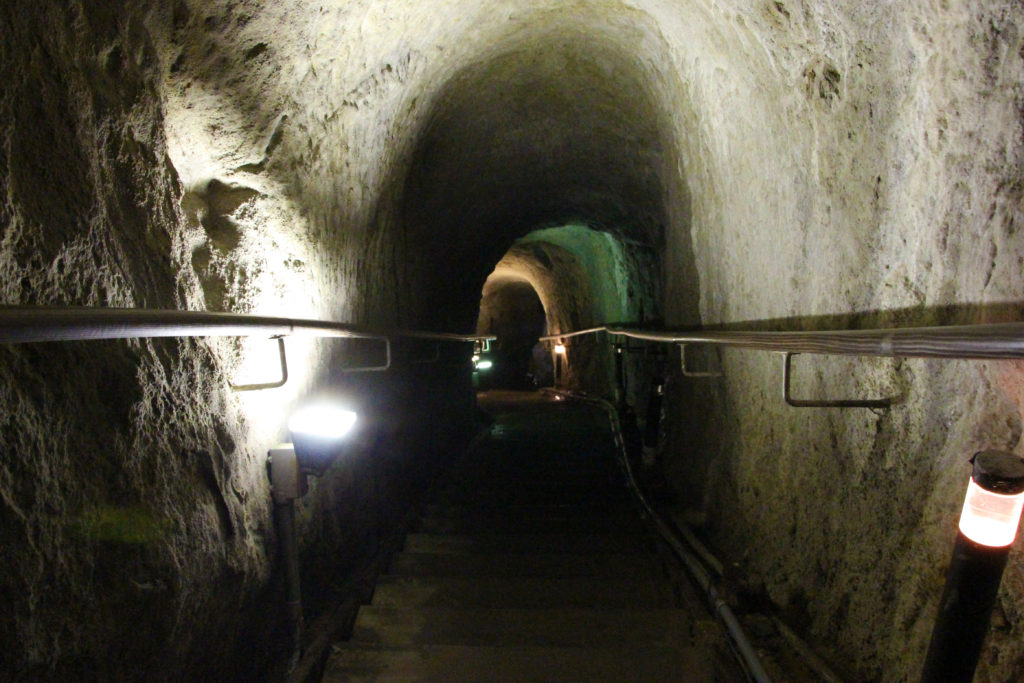
Reaching the mouth of the cave reveals a world of sea wonder, from rock-basking sea lions to colorful fish. Just about a year ago, one of the cave’s occupants—a curious baby sea lion—actually made its way upstairs to the surprise and delight of gift shop visitors. There is a small fee for cave admission—sea lions are free.
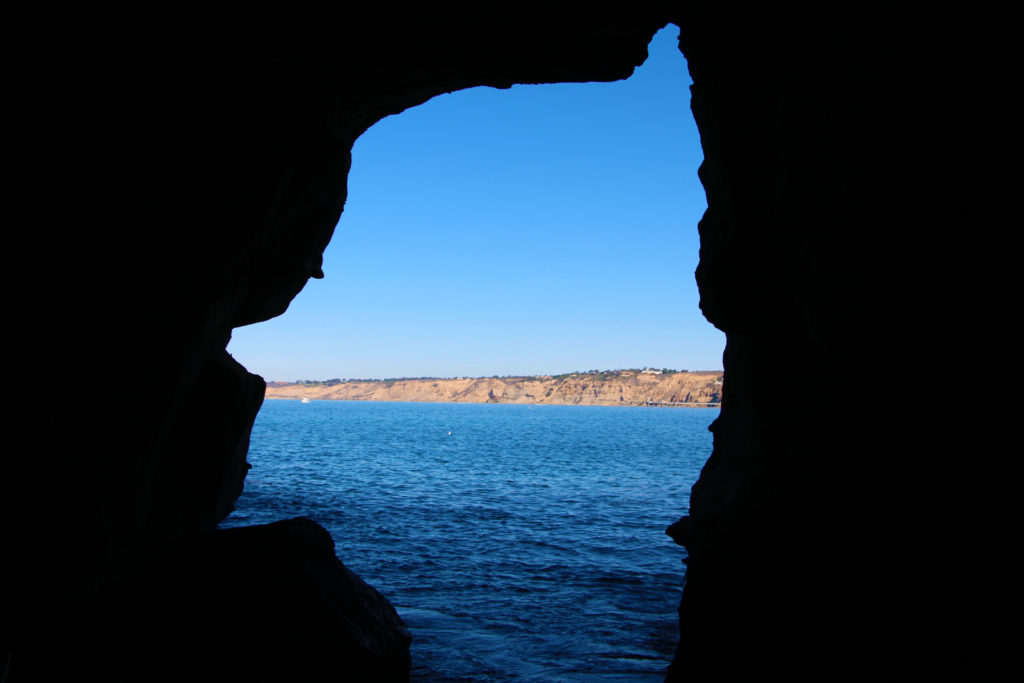
Plan a High Tide Dinner
The Marine Room, secreted on a secluded stretch of beach in La Jolla, boasts award-winning cuisine, however, it is the wave-crashing experience of dining at the Marine Room that has been luring diners there for decades. The restaurant opened in 1941 directly on the sand with “ocean liner” views of the surf, created by floor-to-ceiling windows with unobstructed views. On a calm night, watch sandpipers scurry across the sand in between waves. Better yet, plan your meal during high tide when the waves come crashing extra close to diners.

Secluded hacienda stay
Less than a mile from fabled Torrey Pines Golf Course is a resort that exudes early California rancho charm, submerged in abundant native California gardens. The original site of the affluent Black family’s 1940’s estate, Estancia La Jolla Hotel & Spa retains the feel of a private hacienda with terra cotta tile, fountains and heavy wooden beams and doors, all framed by California Pepper trees and agaves.
A complete destination in itself, the resort offers 210 privately spread-out accommodations, including ten spacious Estate Suites and a Presidential Suite, on 9 ½ lushly landscaped acres. All rooms come equipped with extra touches such as Keurig machines and Fresh toiletries, and most rooms include a balcony or patio for savoring the garden views.
Enjoy a heated saltwater pool and whirlpool with poolside cabanas and day beds, as well as a fitness center. The 7,000-square-foot Spa at Estancia has been inspired by its natural, serene surroundings and offers nine indoor treatment rooms, two bungalows (one for an intimate couple’s experience with outdoor soaking tub) and outdoor relaxation areas with a grand fireplace, rain showers and a meditation garden.
Four different dining venues with an emphasis on California rancho cuisine make it easy to stay “at the rancho” for meals. Mustangs & Burros serves chef-crafted dinners accompanied by live, soothing music as well as a homey fireplace; the garden-set Adobe El Restaurante serves breakfast and lunch; the new Blend bistro with coffee and light fare is perfect for a quick breakfast or snack; and Trinitas Cellars Wine Bar, with weekly wine tastings, is the popular Napa winemaker’s only SoCal location.
Plan a guided tour of the resort’s gardens that feature plants from all over the world, featuring two rose gardens as well as a Mediterranean-style garden. Estancia will arrange your architecture tour of the Salk Institute nearby; and a shuttle, on demand, will take you to various spots, including the Village or beach.
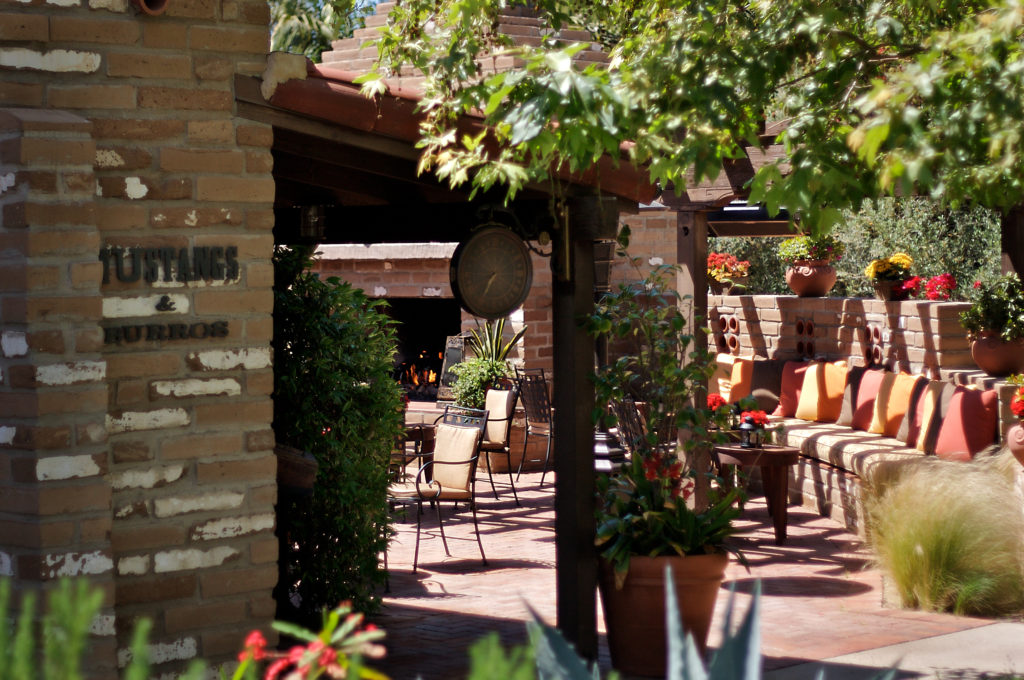
Discover more hidden treasures in Southern California in “SECRET SOUTHERN CALIFORNIA”! Available now on Amazon.

